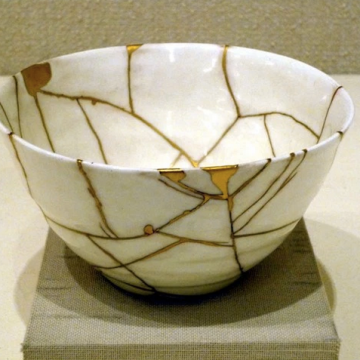Nature tradition and innovation contemporary japanese ceramics from the collection of gordon brodfuehrer this exhibition explores the evolution of contempor.
Japanese ceramics technique.
Kakiemon ware is a kind of arita ware.
Pottery and porcelain 陶磁器 tōjiki also 焼きもの yakimono or 陶芸 tōgei is one of the oldest japanese crafts and art forms dating back to the neolithic period.
An arita ware platter repaired with kintsugi a technique.
As jōmon ceramics are some of the earliest known examples of pottery in the world scientists believe the japanese were influenced by chinese techniques since the chinese originated the world s very first pots.
A true primer it concentrates on the basics.
Sakaida kakiemon 1596 1666 was the founder of the famous kakiemon kiln.
Arita ware was the first porcelain product in japanese history and strongly influenced european ceramics.
He developed a low fire pottery process in which he placed ware directly into a red hot kiln then once the glazes had melted removing the ware from the still red hot kiln and allowing the pottery to cool outside the kiln.
Raku is a japanese word that can be translated as enjoyment happiness or comfort.
As a philosophy it treats breakage and repair as part of the history of an object rather than something.
Kintsugi 金継ぎ golden joinery also known as kintsukuroi 金繕い golden repair is the japanese art of repairing broken pottery by mending the areas of breakage with lacquer dusted or mixed with powdered gold silver or platinum a method similar to the maki e technique.
In 1580 the potter chijiro is thought to be the first to produce this form of ware.
Setting up a workshop pot forming techniques decoration glazes and kilns and firing.
Japanese ceramics have a long history going back as far as 13 000 years ago to the earthenware of the prehistoric jōmon period.
In fact the word jōmon derives from cord markings a term that describes layers of soft coiled clay.















































